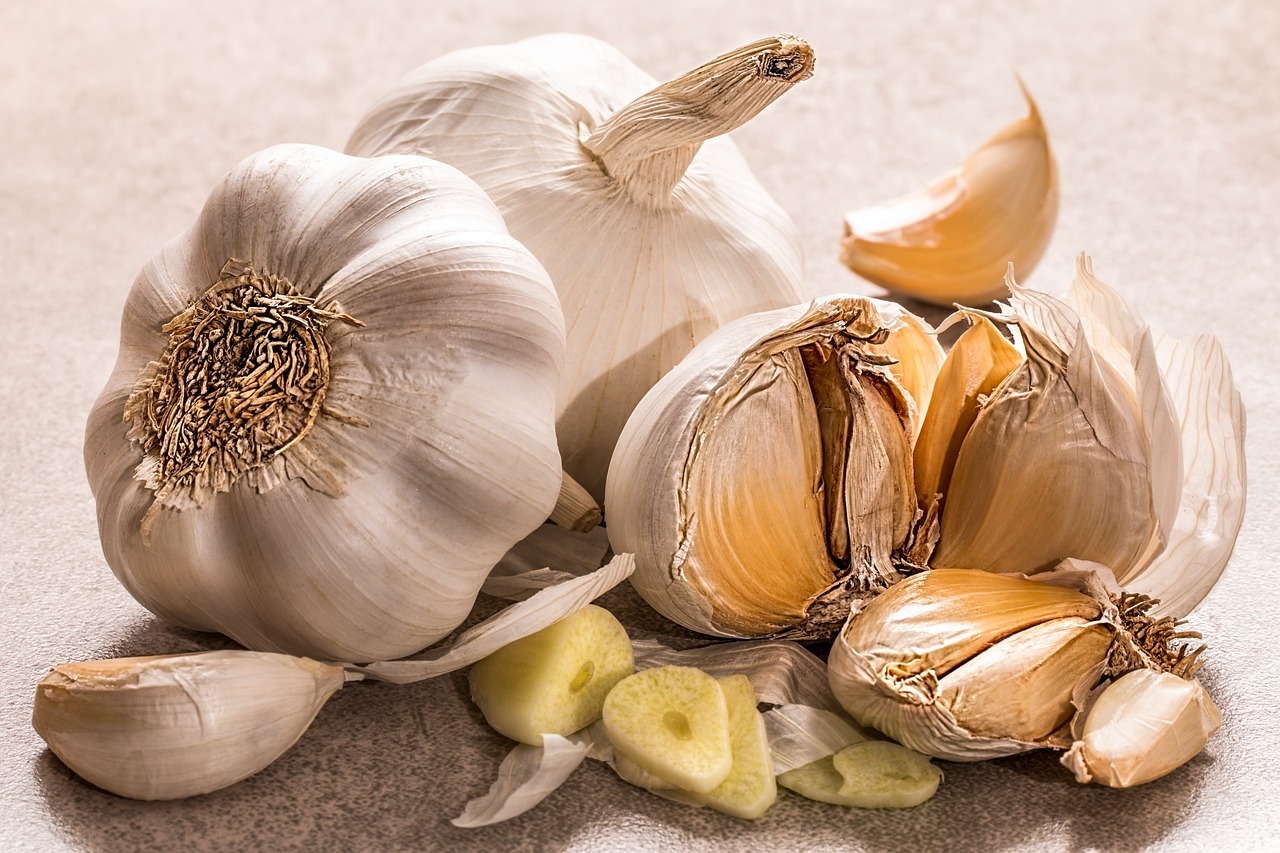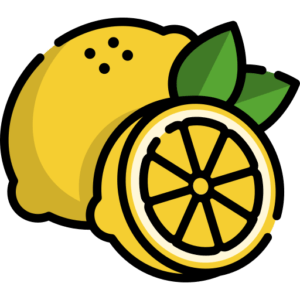Garlic (Allium sativum) is a perennial plant with a rounded bulb that has 10–35 smaller bulblets called cloves. The cloves are surrounded by a white or light pink skin and the bulb is covered in a papery coat. Garlic also has long, sword-shaped leaves and greenish-white or pinkish flowers that grow in dense clusters on a flower stalk. The plant can grow up to 2 feet tall.
Garlic is a member of the Amaryllidaceae family and has been cultivated for thousands of years. It’s used in almost every cuisine as a seasoning, either fresh, as a dry powder, or as an oil. The bulb is the most popular part of the plant because of its strong aroma, which is sometimes called the “stinking rose”.
Garlic has many medicinal properties, including antioxidant, anti-inflammatory, anti-obesity, hypolipidemic, anti-hyperglycemia, anti-atherosclerotic, and anti-coagulant properties. Some suggest that allowing crushed or chopped garlic to rest for 15 minutes before use can maximize health benefits by allowing enzyme reactions to occur. However, the primary compound of interest from this reaction, allicin, is generally deactivated during cooking and may be more beneficial consumed raw.






Reviews
There are no reviews yet.